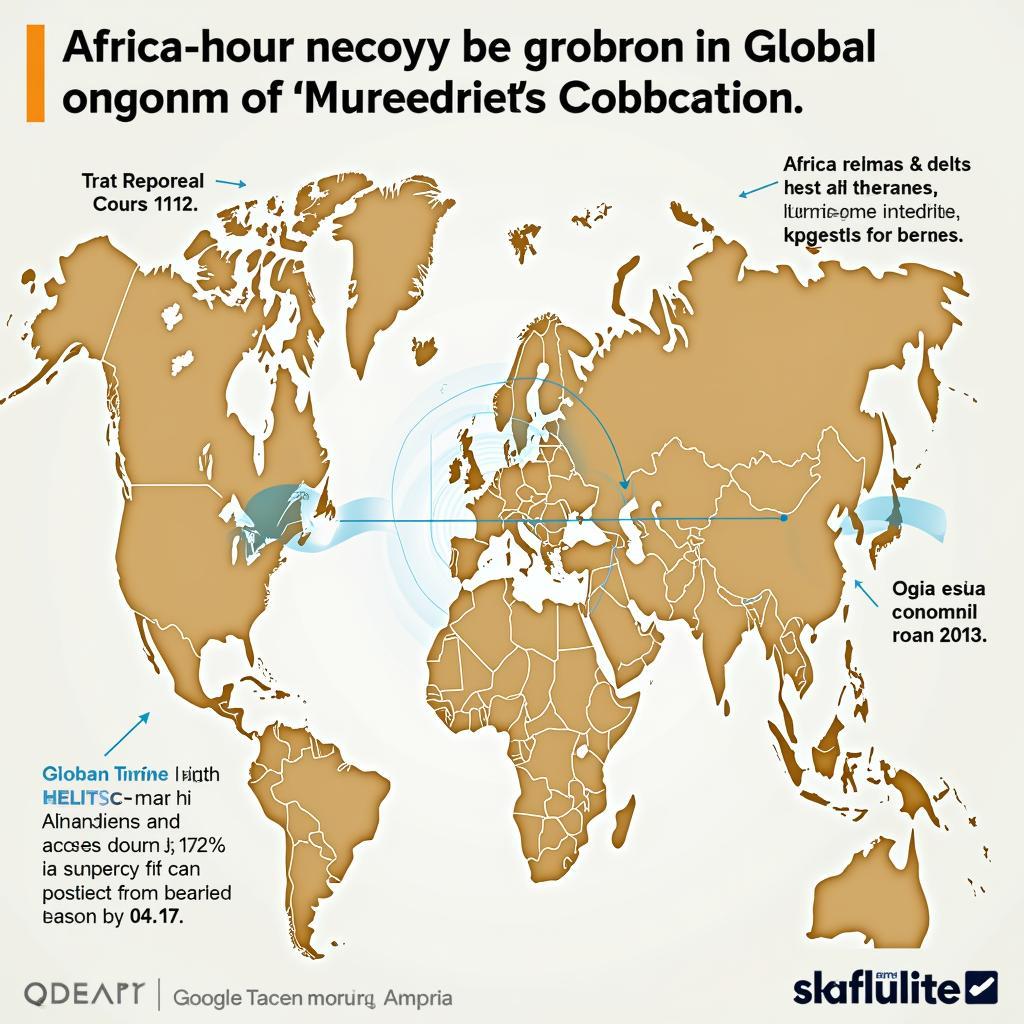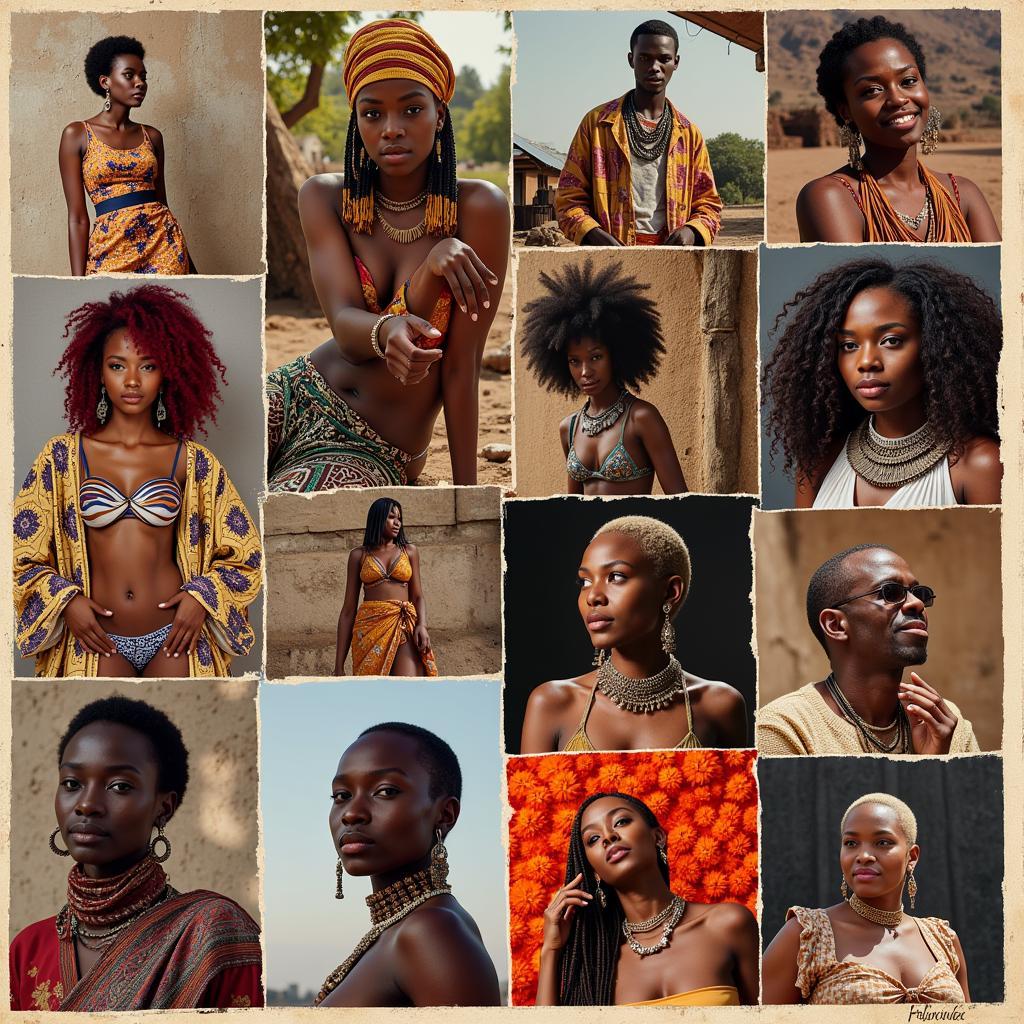Exploring the Diversity of African Currency Symbols
African Currency Symbols represent more than just monetary value; they are emblems of national identity, economic sovereignty, and cultural heritage. Understanding these symbols offers a fascinating glimpse into the diverse tapestry of the African continent. This article delves into the significance of these symbols, exploring their origins, designs, and the stories they tell.
The currencies of Africa reflect the continent’s complex history, with influences from pre-colonial trade, colonial powers, and post-independence aspirations. While some symbols are simple and straightforward, others are rich in symbolism, drawing inspiration from local wildlife, historical figures, and natural resources. Let’s embark on a journey to uncover the fascinating world of African currency symbols. For a comprehensive list of African countries, capitals, and currency symbols, refer to this resource: 50 african countries and their capitals.
Decoding the Meanings Behind African Currency Symbols
Many African currency symbols are designed to reflect the unique characteristics of their respective nations. For instance, the South African Rand (ZAR) utilizes the symbol “R,” a simple yet effective representation of the nation’s name. Other symbols incorporate more intricate designs. The Botswana Pula (BWP), symbolized by “P,” is named after the Setswana word for “rain,” highlighting the preciousness of water in the arid landscape.
Some symbols draw inspiration from local wildlife. The Zambian Kwacha (ZMW) features a fish eagle in its design, a powerful symbol of national pride. Others pay homage to historical figures or events, further enriching their cultural significance. Understanding these nuances adds another layer to our appreciation of African currencies.
How African Currency Symbols Reflect National Identity
African currency symbols play a crucial role in fostering a sense of national identity. They represent economic independence and self-reliance, showcasing the unique stories and aspirations of each nation. By understanding these symbols, we gain valuable insights into the cultural and historical context of each country. What do these symbols tell us about the values and priorities of African nations? They often reflect the importance of natural resources, wildlife, and cultural heritage, highlighting the unique characteristics of each country.
The Evolution of African Currency Symbols
Over time, African currency symbols have evolved, reflecting changing political and economic landscapes. Some symbols have remained relatively unchanged, while others have undergone significant transformations. These changes often reflect the dynamic nature of African societies, adapting to new challenges and opportunities. You can learn more about the currency symbols of various African countries through this helpful link: african countries currency symbols.
From Colonial Currencies to Independent Symbols
The transition from colonial currencies to independent monetary systems marked a significant milestone for many African nations. This shift often involved the creation of new currency symbols that reflected the newly gained sovereignty and aspirations of these countries. The adoption of unique symbols represented a break from the colonial past and a step towards self-determination.
“Currency symbols are more than just economic tools; they are powerful expressions of national identity and pride,” states Dr. Adebayo Olufemi, a renowned economist specializing in African monetary policy.
The Impact of Globalization on African Currency Symbols
Globalization has had a profound impact on African economies and their currencies. While some argue that globalization has led to increased economic integration, others express concerns about the potential erosion of national sovereignty. The role of African currency symbols in this context becomes even more significant, representing a tangible link to national identity in an increasingly interconnected world. For a detailed PDF on African countries and capitals, visit this link: african continent countries and capitals pdf.
“The challenge for African nations is to leverage the benefits of globalization while preserving their unique cultural and economic identities,” adds Dr. Olufemi.
 Globalization's Impact on African Currency
Globalization's Impact on African Currency
Conclusion: Celebrating the Rich Tapestry of African Currency Symbols
African currency symbols offer a fascinating window into the diverse cultures, histories, and economies of the continent. They are not mere economic tools, but powerful symbols of national identity and aspiration. By understanding the stories behind these symbols, we gain a deeper appreciation for the rich tapestry of African Life. Let us continue to explore and celebrate the diverse world of African currency symbols, recognizing their importance in shaping the continent’s future.
FAQ
- What is the significance of African currency symbols?
- How do African currency symbols reflect national identity?
- How have African currency symbols evolved over time?
- What is the impact of globalization on African currency symbols?
- Where can I find more information about African currencies?
- What are some examples of unique African currency symbols?
- How are African currency symbols designed?
You can also find information about specific currency conversions, such as South African Rand to Philippine Peso: 4184.92 south african rand to philippine peso. Or if you’re curious about former country names, like Swaziland, check out this resource: african country formerly known as swaziland codycross.
For further assistance, please contact us:
Phone: +255768904061
Email: [email protected]
Address: Mbarali DC Mawindi, Kangaga, Tanzania.
Our customer service team is available 24/7.



